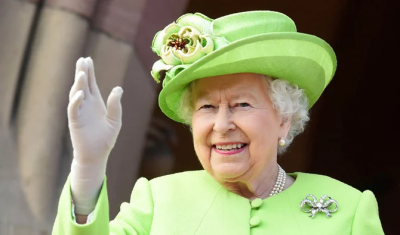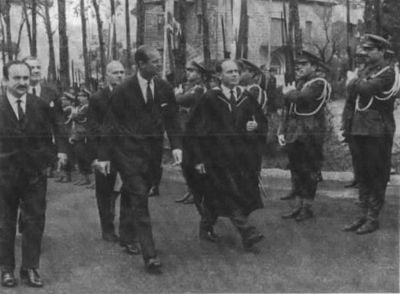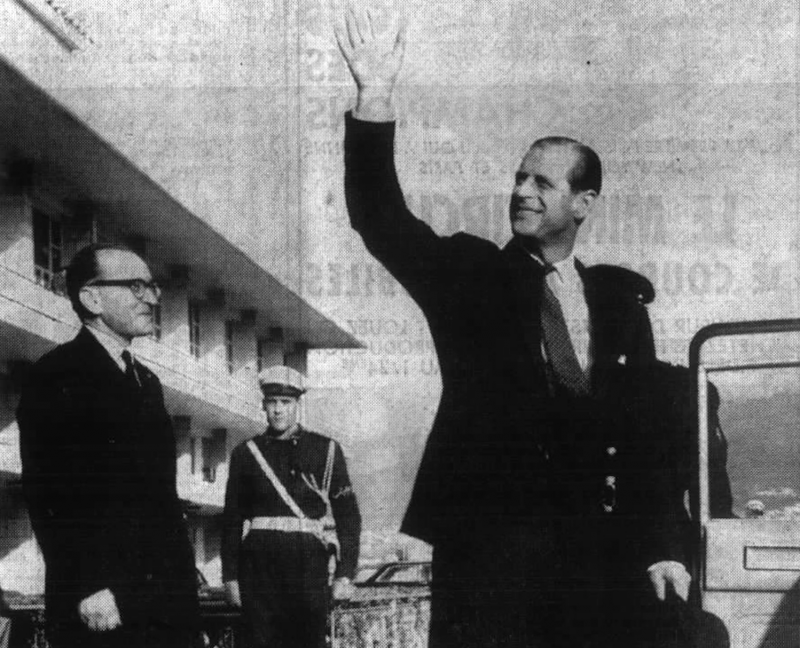
Prince Philip arrives at the Beirut airport in 1967. (L'Orient-Le Jour archive photo)
BEIRUT — Lebanese officials declared a national period of mourning Friday for the death of the late British monarch Queen Elizabeth II, who died Thursday evening, though the queen never visited Lebanon despite having traveled to 117 countries on official state visits.
However, her late husband, Prince Philip, made a now largely forgotten trip on her behalf.
On March 20, 1967, the prince, then on the last leg of a two-month Asian and Australian tour, piloted an Andover aircraft into the Beirut airport from the Qatari capital of Doha and embarked on a four-day tour of Lebanon.
The purpose of his visit was to inaugurate a state-of-the-art dormitory building at Brummana High School in the Metn region. The building had been designed by modernist architect Assem Salam, who was behind other iconic buildings such as the Tourism Ministry headquarters in Hamra and the Khashoggi Mosque near Horsh Beirut.
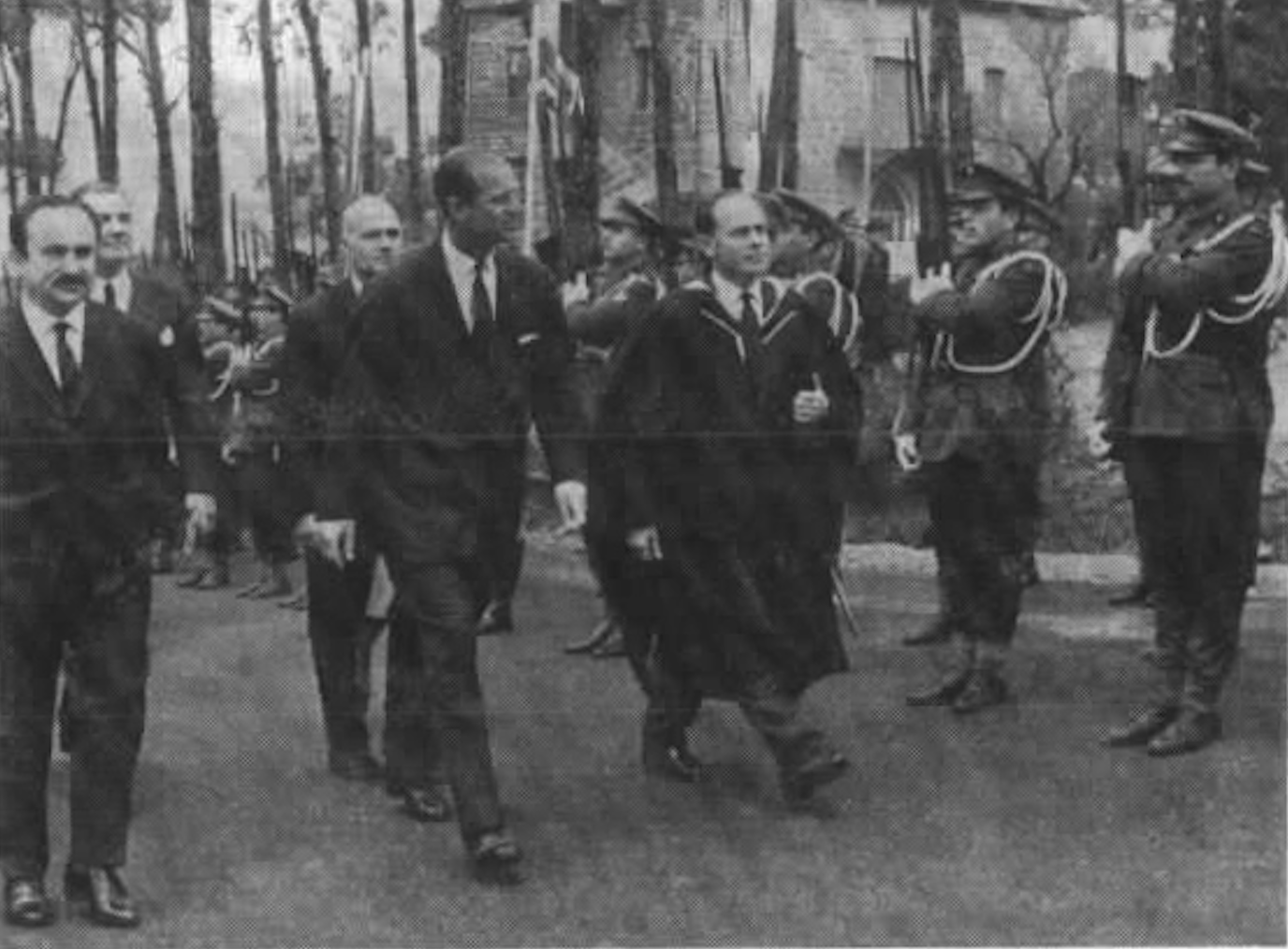 Prince Philip at the inauguration of Edinburgh House at Brummana High School in 1967. (L'Orient-Le Jour archive photo)
Prince Philip at the inauguration of Edinburgh House at Brummana High School in 1967. (L'Orient-Le Jour archive photo)
This was Philip's fourth visit to Lebanon. The first had been in 1950 while serving the British Navy, while the second and third were for just a few hours each in 1966, perhaps to refuel his plane.
This was not a big state visit demanding pomp and circumstance. The prince was welcomed in a dressed-down ceremony, albeit with a Lebanese ceremonial guard present.
The Le Jour newspaper, L’Orient-Le Jour’s predecessor, described large crowds coming to greet him waving Lebanese and British flags, among them many cheering women eager for a glimpse of the man described as “Prince Charming.”
He was received by then-Foreign Minister George Hakim and the British ambassador.
Police lined the path from the airport, as members of the British community in Lebanon greeted the prince.
Despite not being an official visit, President Charles Helou placed his Cadillac car at the prince's disposal.
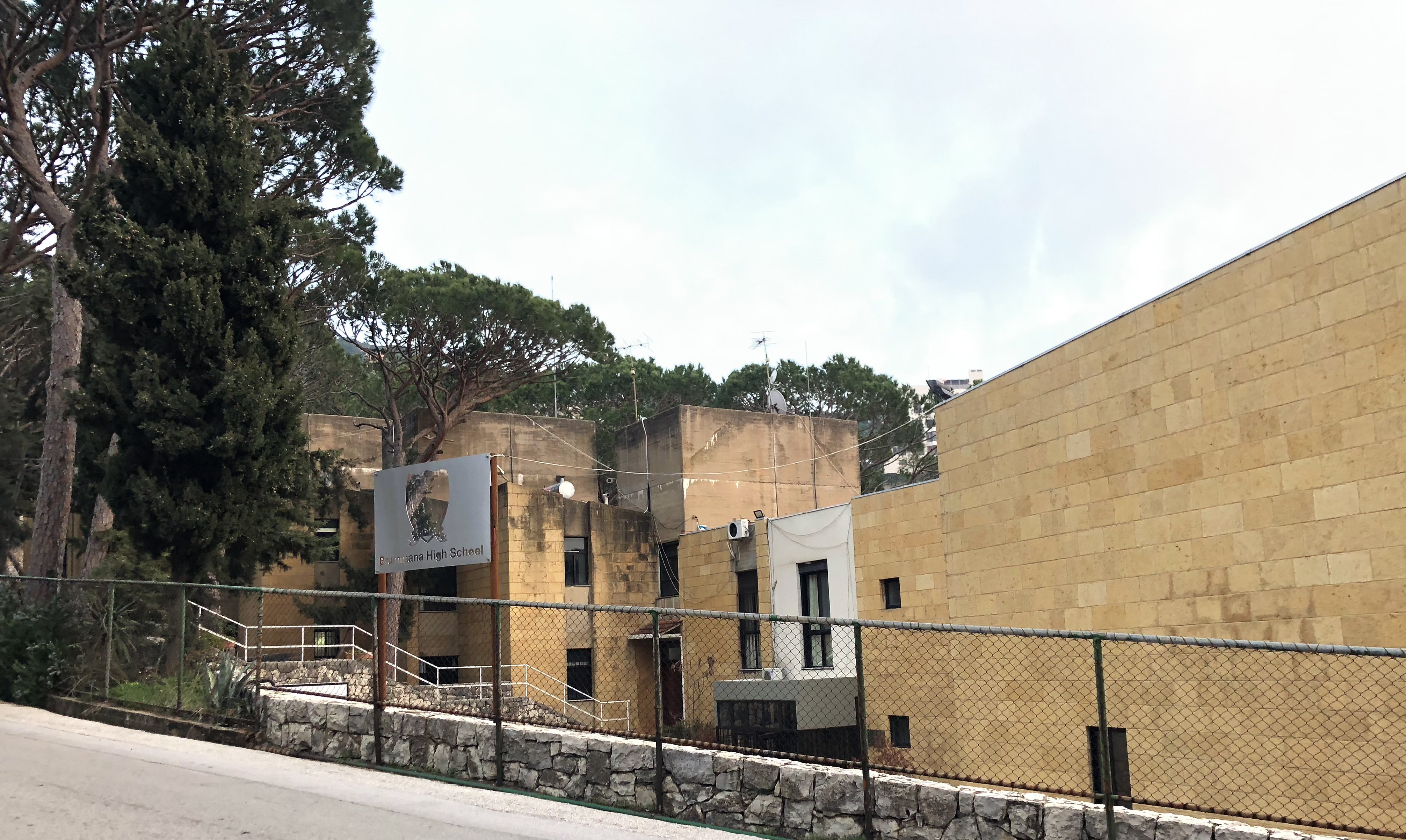 Edinburgh House at Brummana High School, 2022. (L'Orient Today/Mohamad El Chamaa)
Edinburgh House at Brummana High School, 2022. (L'Orient Today/Mohamad El Chamaa)
According to historian James Vaughan, author of The Failure of American and British Propaganda in the Arab Middle East, 1945–57, by the end of the second World War, the United Kingdom was looking to exert more soft power through educational institutions. In Lebanon, British officials noted that they were lagging behind in this effort, especially compared to the Americans.
Lebanon’s then-President Camille Chamoun, along with British ambassador Edwin Arthur Chapman‐Andrews, set up a fund to build a British school in Lebanon, raising money from public and private sources in the UK and Lebanon. However, the school never materialized, and the money was instead used to build the dorms at Brummana High School, at a cost of LL600,000 ($200,000 at the time).
The opening ceremony was attended by government officials, diplomats, university presidents and students, as well as a 95-year-old woman named Farida Akl who was once a headmistress at the school and had served as an Arabic tutor to T. E. Lawrence — the WWI British agent better known as Lawrence of Arabia.
However, local municipal officials in Brummana boycotted the ceremony, protesting the fact that the Duke of Edinburgh was received by government officials and diplomats who had “taken over the job of welcoming the duke in lieu of the rightful hosts, the townsfolk of Brummana,” a statement put out by the municipality read in The Daily Star.
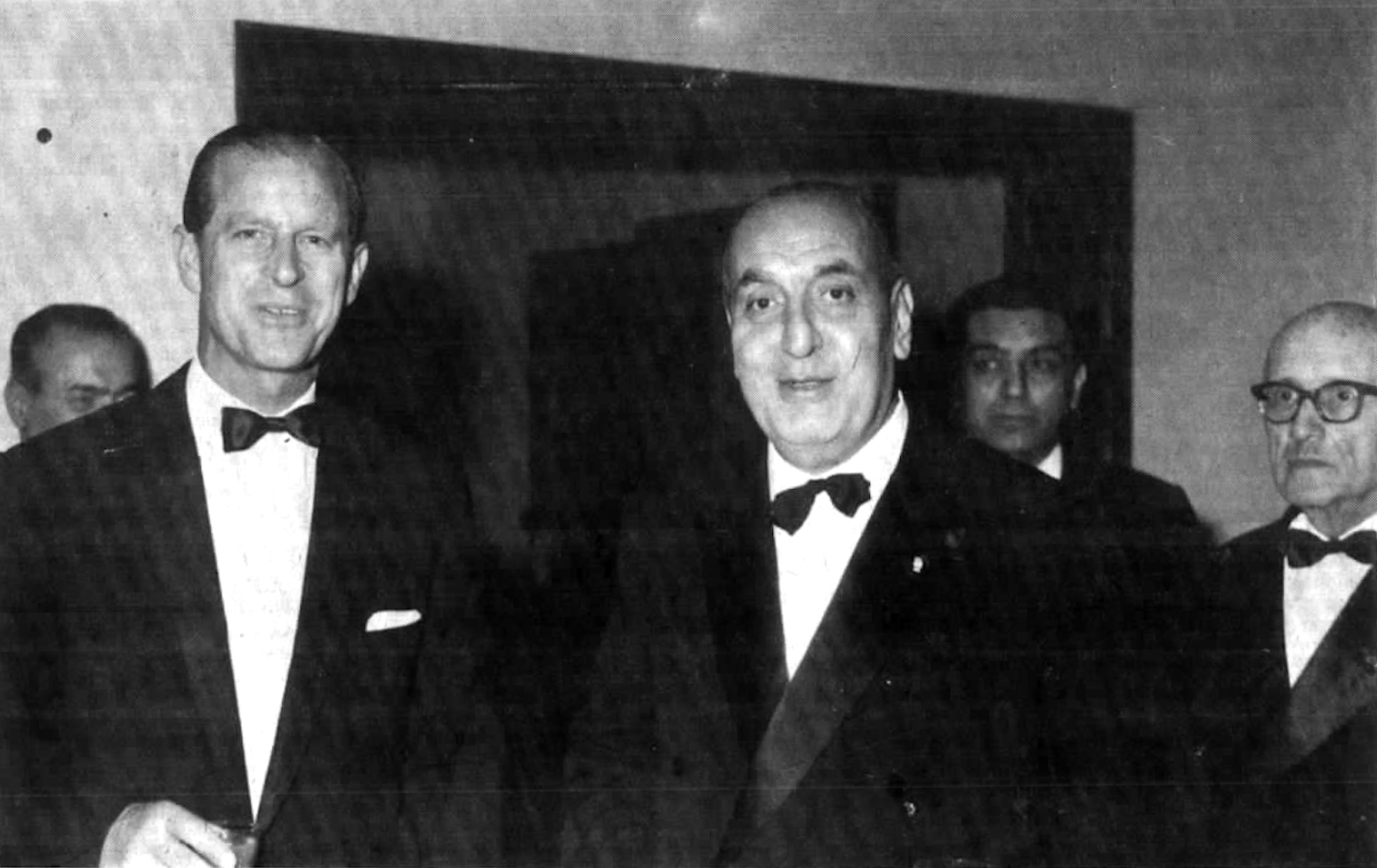 Prince Philip with then-President Charles Helou, 1967. ((L'Orient-Le Jour archive photo)
Prince Philip with then-President Charles Helou, 1967. ((L'Orient-Le Jour archive photo)
At the opening, the prince gave a rousing speech, reportedly saying: “Education is a necessary evil, but in such a beautiful school it is a lesser evil.”
The building was named Edinburgh House in his honor, which led him to quip that “the choice was really made by the school and I didn't really inflict it on you.” He added that removing the name's engraving from the building now that it had already been finished would add to the construction costs.
The trip was marred by bad weather and rain. Philip was set to visit the air force base in Rayak but was deterred by the weather and instead went to Beiteddine.
Later he visited archaeological sites in Jbeil accompanied by Emir Maurice Chehab, founder of the Beirut National Museum.
While addressing a trade association, the prince said that tourism is better than foreign aid because it “puts the money directly where it is most needed: into the pockets of the ordinary people” in the form of transport, hotels and shops needed to service and sustain the sector, L'Orient — another of L’Orient-Le Jour’s predecessors — and The Daily Star reported.
As he left Beirut, rain started pouring at the exit ceremony. A drenched Prince Philip reportedly quipped: “I am returning to England in the hope of finding a warmer climate there!”
